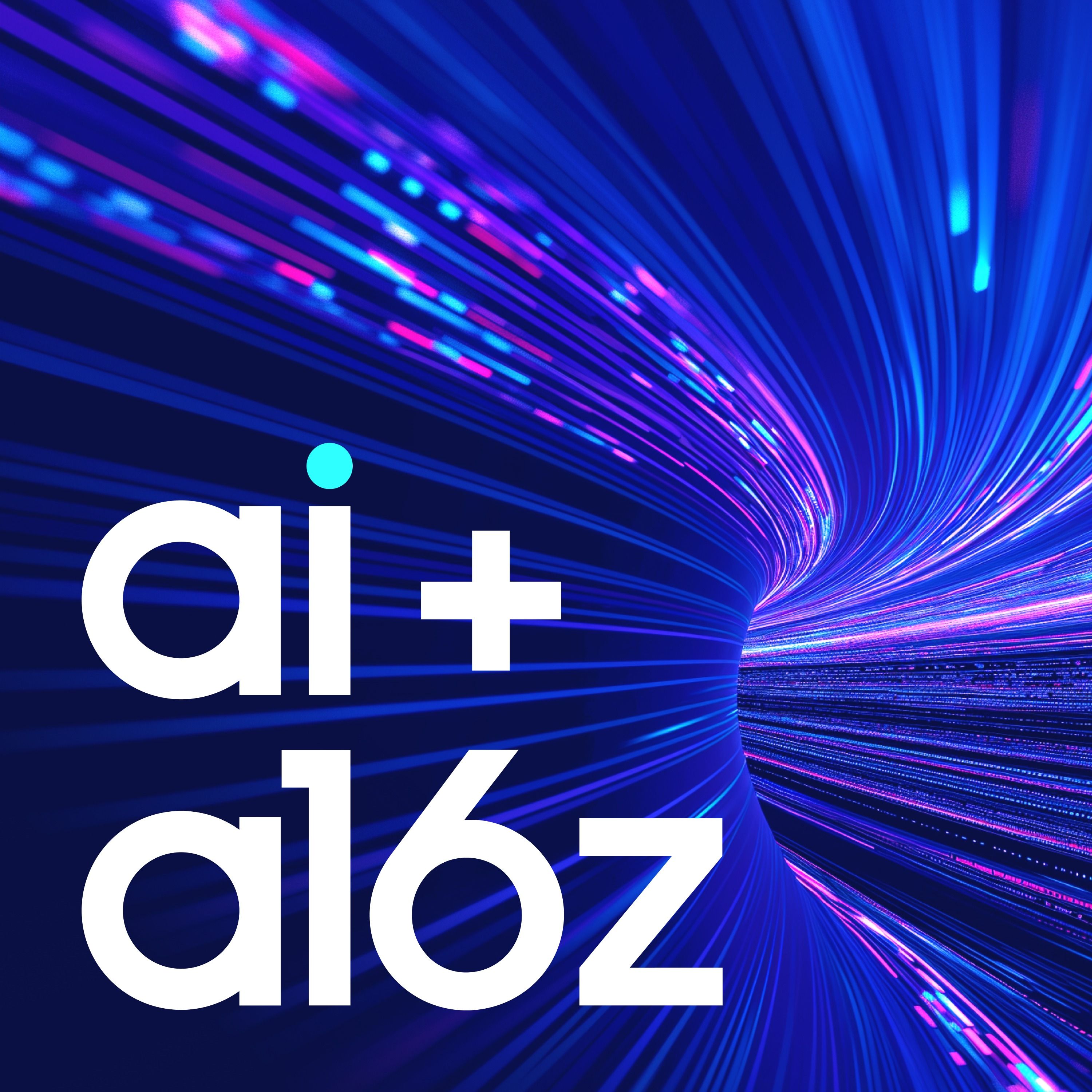
Deep Dive
- DeepSeek is open-source and from China, raising questions about censorship and potential backdoors.
- It is especially susceptible to basic jailbreaks and politically sensitive speech censorship.
- The Chinese government has significant influence on the models developed, affecting their functionality and security.
- DeepSeek has weak protections against jailbreaking compared to models like GPT.
- Hosting DeepSeek locally doesn't remove censorship but avoids the risk of data being used for future training.
Shownotes Transcript
In this episode of AI + a16z, a trio of security experts join a16z partner Joel de la Garza to discuss the security implications of the DeepSeek reasoning model that made waves recently. It's three separate discussions, focusing on different aspects of DeepSeek and the fast-moving world of generative AI.
The first segment, with Ian Webster of Promptfoo), focuses on vulnerabilities within DeepSeek itself, and how users can protect themselves against backdoors, jailbreaks, and censorship.
The second segment, with Dylan Ayrey of Truffle Security, focuses on the advent of AI-generated code and how developers and security teams can ensure it's safe. As Dylan explains, many problem lie in how the underlying models were trained and how their security alignment was carried out.
The final segment features Brian Long of Adaptive), who highlights a growing list of risk vectors for deepfakes and other threats that generative AI can exacerbate. In his view, it's up to individuals and organizations to keep sharp about what's possible — while the the arms race between hackers and white-hat AI agents kicks into gear.
Learn more:
What Are the Security Risks of Deploying DeepSeek-R1?)
Research finds 12,000 ‘Live’ API Keys and Passwords in DeepSeek's Training Data)
Follow everybody on social media:
Check out everything a16z is doing with artificial intelligence here), including articles, projects, and more podcasts.
